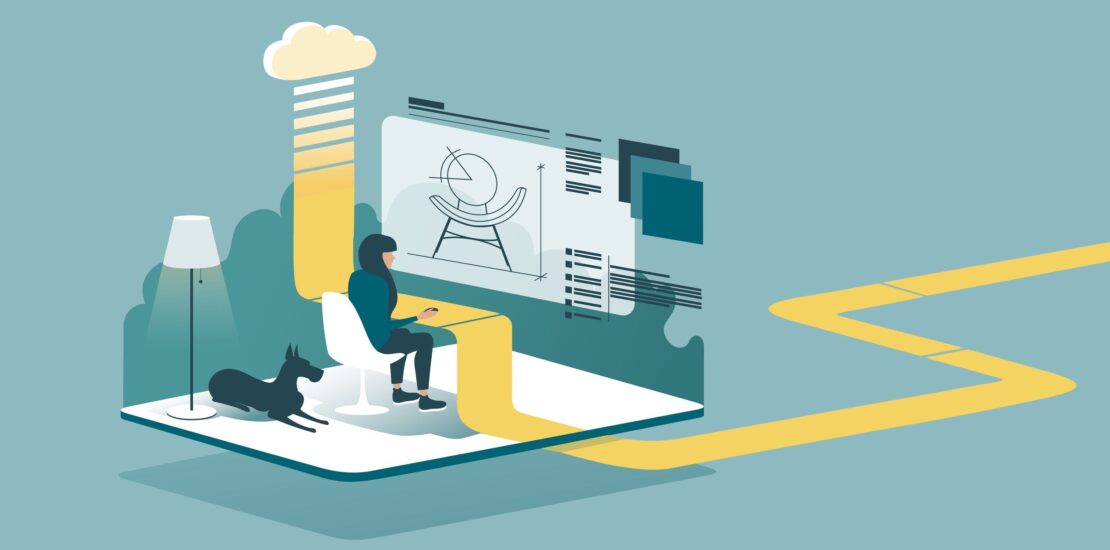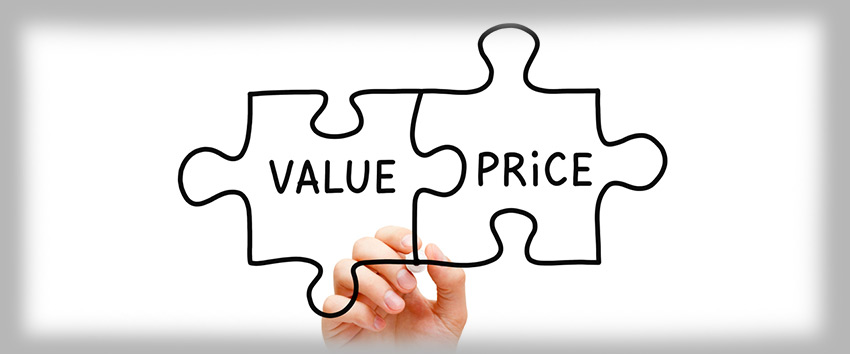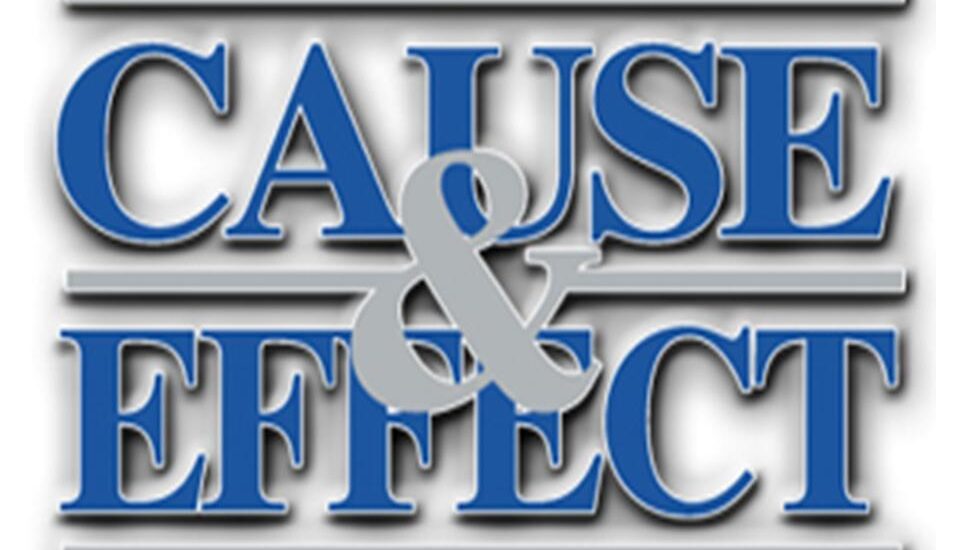Sales Force
-
Why I Can’t Talk About This form of Rejection Anymore
- November 25, 2020
- Posted by: Dave Kurlan
- Category: Understanding the Sales Force
I want to ask for your help. Please read these two rants and then comment – I really need your comments, inbound links and outrage to support my position.
-
15 Lessons Learned from Converting a Multi-Day Conference to a Virtual Online Event
- April 6, 2020
- Posted by: Dave Kurlan
- Category: Understanding the Sales Force

What a month it’s been! Not only how the Covid-19 virus has changed our lives and sent us to work from home, but how we are conducting our businesses from home. Green screens, virtual backgrounds, video calls and meetings, team chats, video team huddles, a blur between days, working hours and relaxing hours, and more. In today’s article I’m going off topic so that I can share how we converted Objective Management Group’s (OMG) 4-day Boston International Sales Experts Conference for OMG Partners, to a 3-Day Virtual Event on short notice, as well as the lessons learned so that you might be able to accomplish the same things that we did.
-
Sales 102 – The Pitch Deck, the Price Reduction and the Data
- September 29, 2016
- Posted by: Dave Kurlan
- Category: Understanding the Sales Force

Recently I met with a CEO whose salespeople were not closing enough business. We had just evaluated their sales force and I had the answers as to why their sales were so underwhelming. Before we could explain what was causing their problem, the CEO said something along the lines of, “We are going to create a new pitch deck and reduce our prices. That will solve the problem!”
They weren’t suggesting a small price change either. It sounded like an 80% reduction and their reasoning overlapped with one of the contributing issues that we identified. Their salespeople weren’t reaching decision makers which raises more questions. Why weren’t they reaching decision makers and could anything be done about it? Would lowering their prices solve the problem or did the issue go deeper than that?
-
Learn How We Discovered They Had the Wrong Salespeople
- February 1, 2016
- Posted by: Dave Kurlan
- Category: Understanding the Sales Force

Would you believe me if I told you that in a recent sales force evaluation, nearly 50% of the 300 inside salespeople were not in the right role? Recently, we evaluated a large inside sales force and I thought it might be interesting to share some of the more unusual findings that were responsible for this sales team’s inability to achieve the revenue goals that the company expected from them.
-
Do Salespeople Leverage the Ideal Moment in the Buying Process?
- February 20, 2014
- Posted by: Dave Kurlan
- Category: Understanding the Sales Force
The moment after it’s all closed is the perfect moment for both salesperson and customer, and it can only go downhill from there. So why do salespeople fail to leverage that moment?
-
How to Run a Killer Sales Incentive Contest
- February 6, 2014
- Posted by: Dave Kurlan
- Category: Understanding the Sales Force
Incentive programs are still very powerful as long as you make sure they don’t last for more than 90 days. There are other factors that can make the difference between an effective and ineffective program. Consider the three most important concepts: Everyone must believe that they can win the contest, there should be more than 1 winner, and the rewards must be motivating enough for them to go into overdrive to win one.
Let’s begin with how you get them to believe they can win.
-
What is the Best Sales Model for Your Sales Force?
- January 28, 2014
- Posted by: Dave Kurlan
- Category: Understanding the Sales Force
On its own, the concept of a sales model can be confusing, especially when you mention it in the same breath as sales process and sales methodology. However, when the word “successful” precedes sales model, it lends more clarity to its purpose.
-
How Frequently Does Fear Play a Part in Sales?
- November 6, 2013
- Posted by: Dave Kurlan
- Category: Understanding the Sales Force
Fear of failing doesn’t affect everyone that sells. The elite 6% are certainly immune to it, and most of the next 20% aren’t affected too much by it either. But the remaining 74% – the group that basically sucks – battles the fear of failing on a daily basis.
That fear – and most salespeople aren’t even consciously aware of it – prevents them from
-
Presidents & CEO’s: 4 Out of 5 Sales Managers Are Ineffective!
- October 2, 2013
- Posted by: Dave Kurlan
- Category: Understanding the Sales Force
A title like, “Presidents & CEO’s: 4 Out of 5 Sales Managers Are Ineffective”, will cause some Sales Directors, Sales VP’s and Sales Managers to click and read the article. That’s OK, but a spoiler warning: if you feel threatened by hearing the truth about yourself or your sales team, or would be uncomfortable sharing the truth about you or your team with the President or CEO, you should probably exit this article right now.
-
Are Your Strategic Partnerships Your Passive Sales Force?
- January 18, 2013
- Posted by: Dave Kurlan
- Category: Understanding the Sales Force
Today, more than ever before, strategic partnerships, both formal and informal, are an important element of conducting business. They exist at all levels, including these 10:

